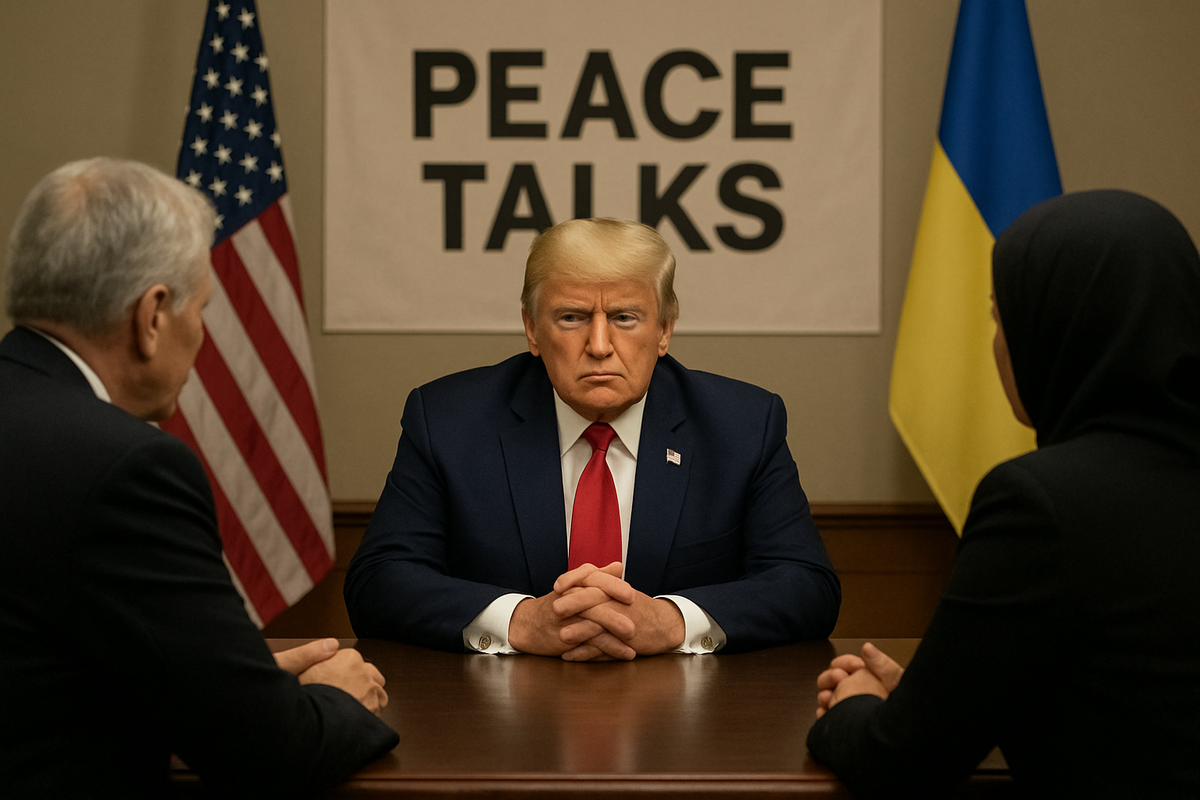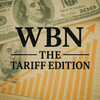
By Elke Porter | WBN News Global | August 20, 2025
Subscription to WBN and being a Writer is FREE!
President Trump appears to have discovered that playing international peacemaker requires considerably more calendar space than expected. Over the past month, the White House has transformed into something resembling a diplomatic revolving door, with world leaders shuttling in and out faster than tourists at the Lincoln Memorial.
The administration recently brokered a historic peace deal between Azerbaijan and Armenia, while hosting Ukrainian President Volodymyr Zelenskyy and arranging meetings with Russian President Putin to address the Ukraine conflict. Trump even managed to squeeze in a meeting with Putin in Anchorage, Alaska, proving that diplomatic summits can happen anywhere—apparently even in America's frozen frontier.
While Trump juggles these peace initiatives, his tariff agenda hasn't exactly vanished into thin air, though it has certainly taken a backseat to handshakes and photo ops. The administration implemented 25% tariffs on Canadian and Mexican imports, with a 10% rate on Chinese goods, though Canada now faces an even steeper 35% tariff rate. Energy imports from Canada received preferential treatment at 10%—apparently even trade warriors need to keep the lights on.
For Canadian businesses, this tariff reality creates a distinctly uncomfortable situation. Economic analysis suggests these measures could push Canada's economy toward recession by mid-2025, while manufacturing jobs have already started disappearing, with nearly 10,000 positions lost in July alone. The Bank of Canada expects continued growth but on a "permanently lower path"—economist speak for "things could be better."
American businesses aren't exactly celebrating either. U.S.-based importers, companies, and consumers are covering much of the tariff costs, while analysis indicates U.S. GDP could shrink by 1.6%, costing Americans approximately $1,300 per person annually. The automotive industry received some relief through adjusted tariffs designed to minimize disruption, though supply chain managers across North America are still reaching for their stress balls.
The irony here runs thicker than maple syrup: while Trump pursues peace agreements that could reshape global stability, his trade policies continue rattling the economic relationship with America's closest neighbor and largest trading partner. Canadian and American businesses now find themselves navigating a peculiar landscape where diplomatic breakthroughs dominate headlines while tariff impacts quietly reshape their bottom lines.
Whether Trump's peace-making marathon will eventually provide breathing room for more nuanced trade discussions remains unclear. For now, North American businesses are learning to operate in this new reality—where world peace might be around the corner, but affordable cross-border commerce feels frustratingly distant.
Tags:
#Trump Tariffs #Canada USA Trade #Diplomatic Balance #Trade Wars #Peace Talks #North American Business #WBN News Global #WBN News Canada #Elke Porter
Contact Elke Porter at:
Westcoast German Media
LinkedIn: Elke Porter or
WhatsApp: +1 604 828 8788.
Public Relations. Communications. Education




